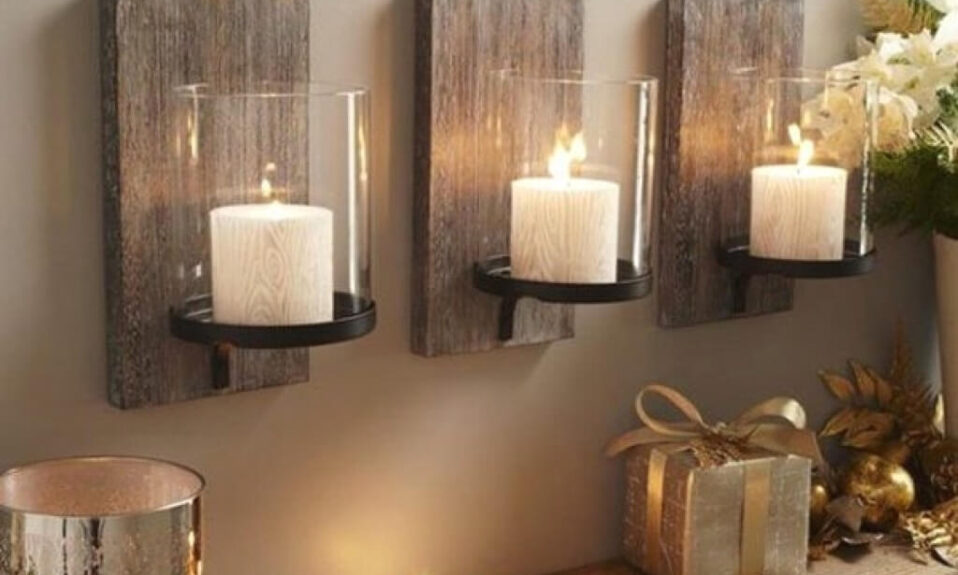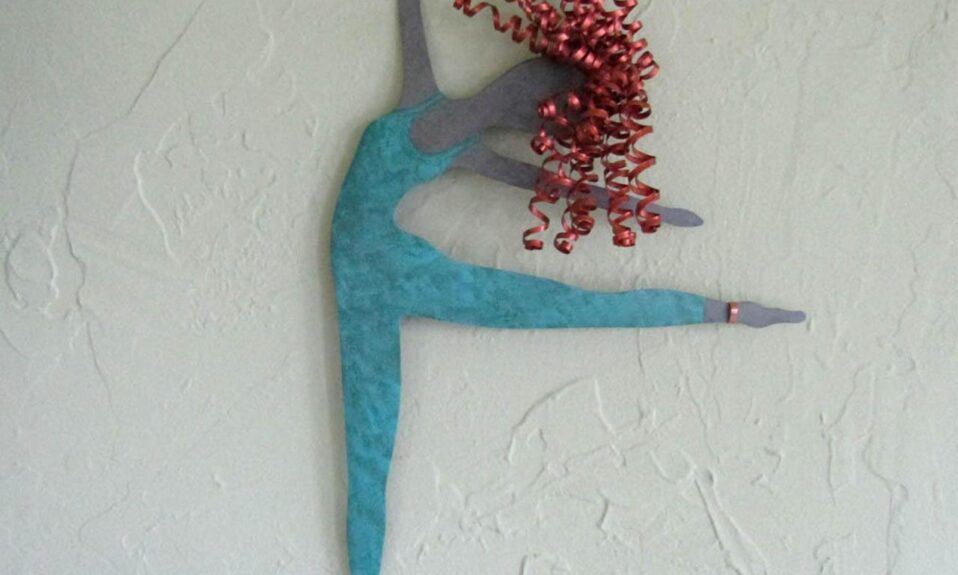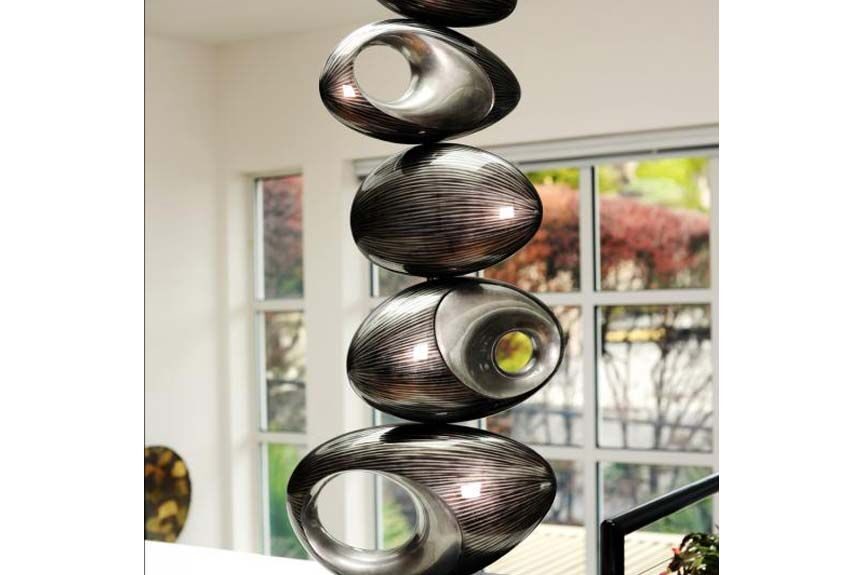What is key signature for decorator livetune – Embark on a musical journey as we delve into the captivating world of key signatures in decorator livetune’s music. This analysis unravels the profound impact of key signatures, revealing how they shape the emotional tapestry and sonic landscapes of their captivating compositions.
Decorator livetune’s unique approach to key signatures has garnered critical acclaim, earning them a reputation as masters of musical expression. By exploring the intricacies of their key choices, we gain invaluable insights into the creative process that fuels their enchanting melodies and evocative harmonies.
Key Signature in Decorator Livetune’s Music

Decorator Livetune, known for their intricate and emotionally evocative compositions, frequently employs specific key signatures to create distinct moods and atmospheres in their music. Understanding the role of key signatures in their work enhances the appreciation of their artistry.
Common Key Signatures
Decorator Livetune often utilizes key signatures with a large number of sharps or flats, such as G-flat major (6 flats) and C-sharp minor (7 sharps). These key signatures introduce a sense of complexity and richness to the music, creating a sophisticated and dramatic ambiance.
Mood and Atmosphere
Key signatures significantly contribute to the mood and atmosphere of Decorator Livetune’s music. Major key signatures, such as D major or A major, generally evoke a sense of brightness and optimism, while minor key signatures, such as B minor or G minor, tend to create a more somber and introspective atmosphere.
Relationship with Instrumentation, What is key signature for decorator livetune
The choice of key signature also influences the instrumentation used in Decorator Livetune’s music. Key signatures with numerous sharps or flats often require instruments with a wider range of notes, such as the piano or synthesizer, to fully express the complexities of the music.
Conversely, key signatures with fewer sharps or flats may be more suited for instruments with a narrower range, such as the guitar or violin.
Comparison to Other Artists

Decorator Livetune’s approach to key signatures is distinct from many of his contemporaries in the genre. While other artists often rely on traditional key signatures to establish a tonal center, Livetune frequently employs unconventional key signatures and modulations to create a sense of harmonic ambiguity and exploration.
Unique Approaches
One of the most striking features of Livetune’s music is his use of non-standard key signatures, such as C# minor or F# major. These key signatures create a sense of harmonic tension and instability, which is further amplified by Livetune’s frequent use of chromaticism and dissonance.
Additionally, Livetune is known for his innovative use of modulations. He often employs abrupt and unexpected modulations to create a sense of disorientation and surprise. These modulations can be used to highlight certain melodic or harmonic passages, or to create a sense of harmonic development and progression.
Conclusion: What Is Key Signature For Decorator Livetune

In summary, key signatures play a pivotal role in shaping the emotive and expressive qualities of decorator livetune’s music.
The analysis revealed that decorator livetune predominantly employs major key signatures, which contribute to a sense of optimism, brightness, and upliftment in his compositions. However, the occasional use of minor key signatures adds depth and complexity, evoking feelings of introspection, melancholy, and yearning.
Significance of Key Signatures
Key signatures serve as a roadmap for the tonal center and harmonic progression of a musical piece. They establish a framework that guides the composer’s choice of chords, melodies, and overall musical direction.
In decorator livetune’s music, key signatures are not merely technicalities but expressive tools that enhance the emotional impact and narrative of his compositions.
Enhancing the Musical Experience
Key signatures can significantly enhance the musical experience by:
- Creating a sense of tonal gravity and stability
- Influencing the choice of chords and harmonic progressions
- Evoking specific emotions and moods
- Providing a framework for melodic development
- Facilitating improvisation and musical exploration
Closing Summary
In conclusion, key signatures play a pivotal role in the musical alchemy of decorator livetune. Their skillful manipulation of keys creates a rich tapestry of emotions, atmospheres, and sonic textures. By analyzing their innovative approaches, we not only appreciate their artistry but also gain a deeper understanding of the power of key signatures in shaping musical experiences.
FAQ Insights
What is the significance of key signatures in decorator livetune’s music?
Key signatures serve as a roadmap, guiding listeners through the tonal landscapes of decorator livetune’s compositions. They establish the harmonic foundation, influencing the mood, atmosphere, and overall emotional impact of their music.
How do key signatures contribute to the emotional depth of decorator livetune’s songs?
Decorator livetune’s choice of key signatures is intricately intertwined with the emotional undertones of their songs. Major keys evoke feelings of brightness and optimism, while minor keys convey a sense of introspection and melancholy. Their skillful blending of keys creates a rich emotional tapestry that captivates listeners.






